What Is Real Food?
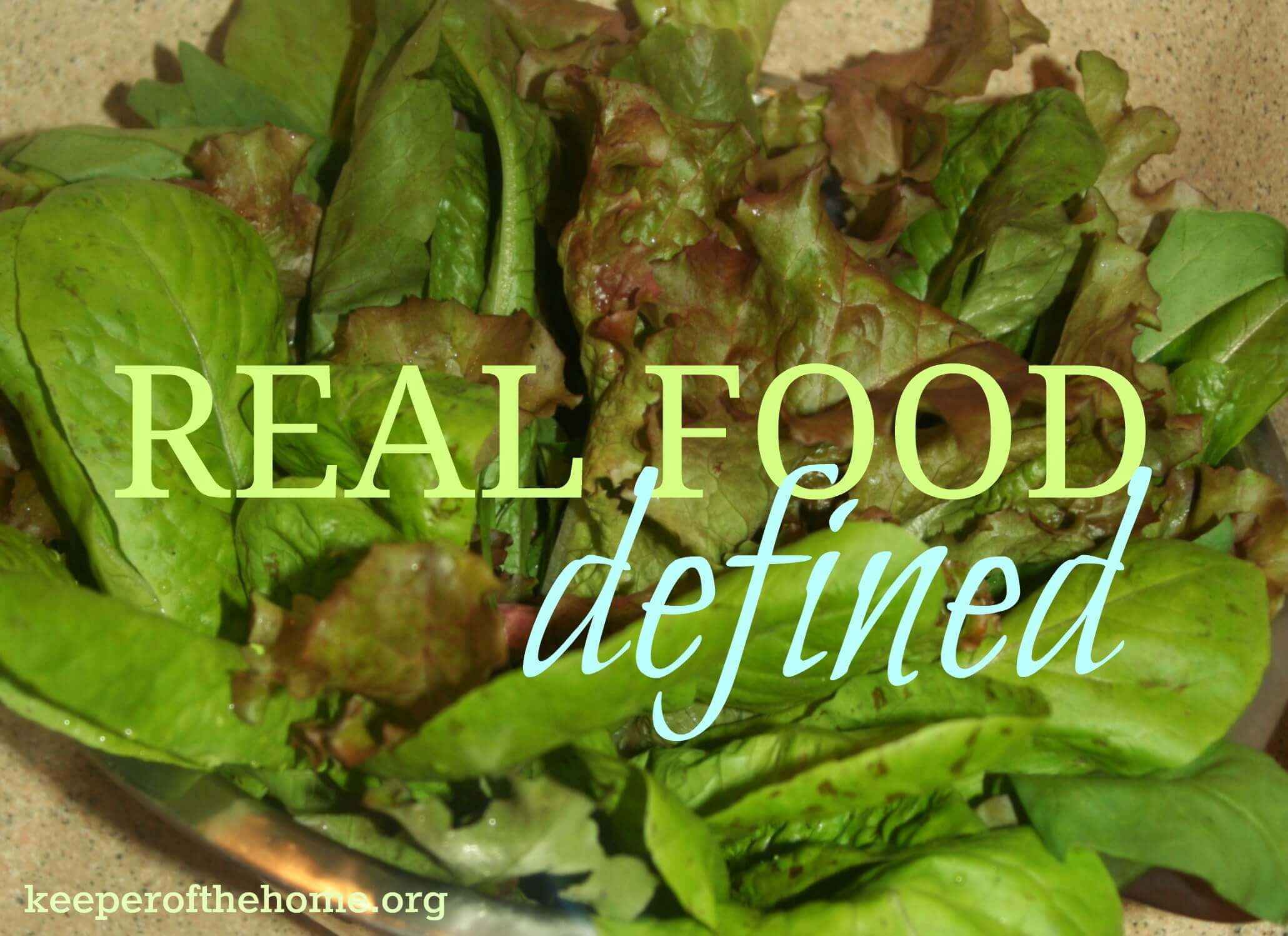
Are you working to ditch processed foods and put more real food on the table? This month we’re running a series called Real Food Made Simple: A Beginner’s Guide to Eating Better. Our goal is to answer the questions you might have and make the transition a whole lot easier!
Written by Courtney Dunkin, Contributing Writer
You’ve committed yourself to a journey to natural health and you know the only way to get there is to eat well. You want to eat wholesome, nourishing, real food, but what exactly does that encompass? What qualifies as “real”?
Food products, imitation foods, natural and artificial flavors, additives and preservatives, and a plethora of other scientific “advancements” fill up our local supermarket shelves.
It’s a funny thing that we must even differentiate real food from imposter food, but the world we live in dictates we do. For the sake of our health, we must.
Real food.
It’s a term that’s tossed around a lot these days. But what exactly is “real food”? While there is no official definition for the term, there is a general consensus for what it means.
Real food is wholesome and nourishing. It is simple, unprocessed, whole food. Real food is pure and unadulterated, sustained yet unchanged by man.
Real food has been around since the beginning of time and carries culture and tradition. If it was available to our earliest ancestors, and if it can be grown or raised and prepared and consumed in the same manner our ancestors prepared it, it is most likely “real food.”

Wholesome and Nourishing.
Our bodies constantly require nutrients to function and must be replenished with wholesome food for optimal performance and health. A nourishing meal will leave us feeling satisfied and full yet rejuvenated and energized.
Processed food can support life, but real food supports health and adds to quality of life.
Simple.
Selecting real food is simply choosing basic foods in the form our Creator made them. Ideally, we should be purchasing single-ingredient foods. The real food kitchen will house very few packages and labels.
Most items come straight from the source. Furthermore, we should always know the source of our food.
Can real food come in a box or bag? Although there are still some wholesome prepared foods out there, anything with more than a few ingredients should be avoided, and ideally, one ingredient should be the goal.
Unprocessed.
Real food can be prepared at home in your own kitchen. Think culturing, fermenting, soaking, sprouting, canning, preserving, etc. If it wouldn’t be possible to make it in your kitchen, you should not be consuming it in the first place.
If it requires any sort of modern technology, such as a lab or a manufacturing process, it’s best to avoid it completely.
As consumers, there are a multitude of “natural” products for us to choose from. Even our health markets and natural food stores carry “natural and organic” processed foods. But is processed food better simply because it’s certified organic or because its label carries that ambiguous “natural” claim?
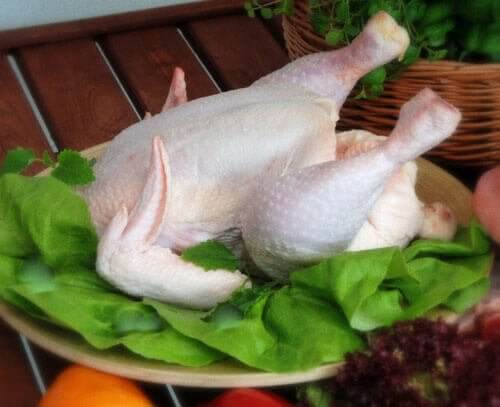
Whole.
Real food is in its natural state, whole and unrefined. For example, we don’t take the fat out of our milk and then add it back in the desired amounts. We recognize the benefit to consuming it naturally.
While not every part of the plant or animal is always consumed, ideally most of it should be. And what’s not used should not go to waste without getting ample use out of it. And when we’re finished, produce waste can go to the compost pile. Bones and leftover meat make rich broth.
Pure and Unadulterated, Unchanged by Man.
Real food is grown in soil naturally optimized for ideal plant health, free from pesticides and other chemicals. Animals are raised without hormones or antibiotics and are free to roam and eat what they were created to eat.
What about heirloom plants? They haven’t been around since the beginning of time. It’s true that some varieties of plants have been introduced only recently, within the last few hundred years or so in some cases, but these varieties are naturally open-pollinated and are still “after their kind” (Gen 1:11-13). They are not manipulated by man at the cellular level.
Traditional.
The movement back to real food is gaining momentum, but real food itself is not new. Choosing real food is all about avoiding modern agricultural and manufacturing processes and instead going back to the basics with ancient food and old ways. It requires relearning forgotten skills. It’s about letting go of current diets and food fads and instead deciding to trust in the wisdom of our Creator.
If you’re new to real food and feel overwhelmed at the thought of switching from processed to real food, don’t get discouraged. It will take time and it will take a lot of learning of new ways and new skills.
Stay tuned to Keeper of the Home this month for direction and resources to get you started on this journey to real food and real health!
Other posts in the series:
Real Food Made Simple: A Beginner’s Guide to Eating Better
Cutting Your Kitchen Prep Time in Half — Or More!
Confessions of a Formerly Picky Eater
The Grain Controversy: Should We Eat Them or Not?
Second Steps Towards Eating Real Foods: Switching Your Food Sources
Sweeteners: How They Affect You, Which Ones are Best, and How to Use Them
Simple Steps to Begin Cooking Homemade: Pantry Staples
5 Strategies to Help Your Husband and Kids Transition to Real Food
Finding Real Food in the Grocery Store
20 Easy Real Food Switches and Substitutions {with Free Printable Chart}
First Steps to Eating for Fertility
Keeping Costs Down in a Real Food Kitchen
5 Ways to Get More Fruits & Veggies into your Diet
Food Is Not Cheap: 4 Steps to Budgeting in Real Food
Simple Steps to Begin Cooking Homemade: Baked Goods
Simple Roast Chicken (And Fabulous Side Dish Recipes!)
17 Homemade Spice Mixes {with Recipes & Why You Should Use Them!}
5 Ways Green Living and Real Food are Connected
Simple Steps to Begin Cooking Homemade: Soups, Sauces, and Simple Dinners

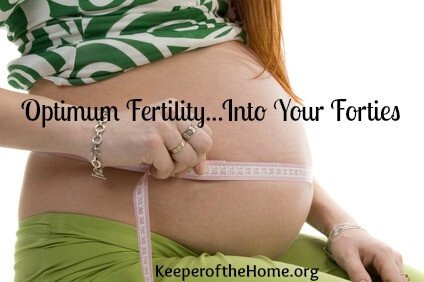


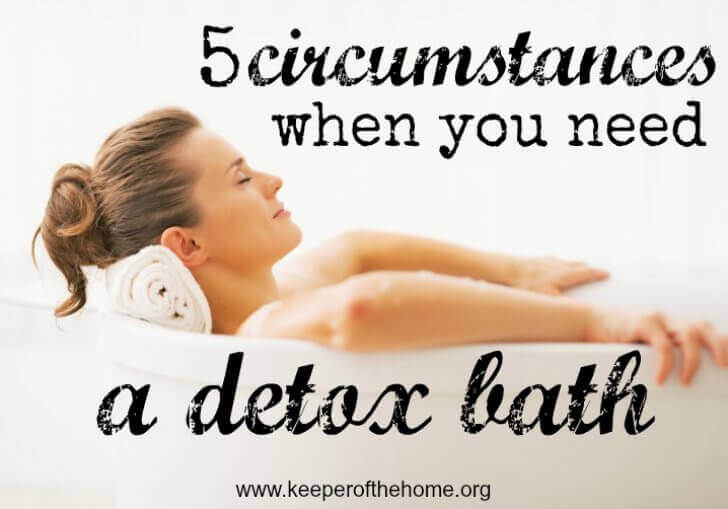
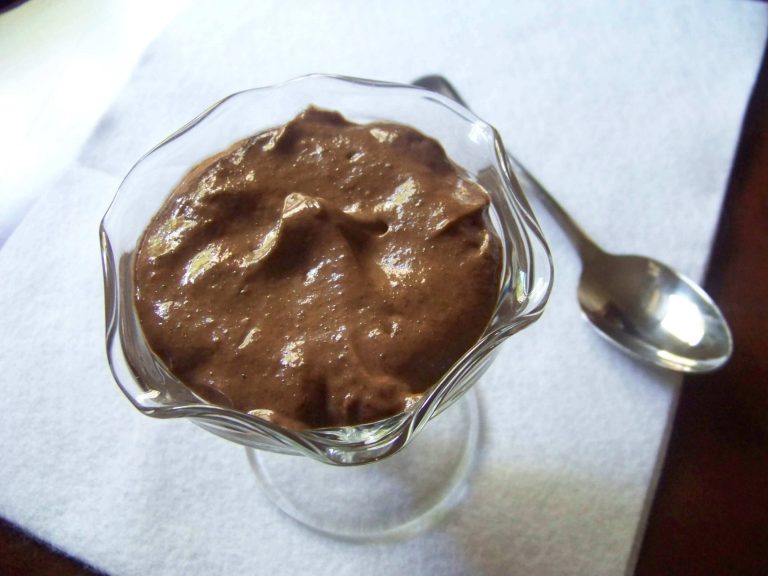
Man, Courtney – I love this quote: Processed food can support life, but real food supports health and adds to quality of life.
I tweeted that. Shew.
Thanks, Stacy! 🙂 I still need to venture into the Twitter world!
I totally agree! Great quote & great way to sum up the reason real food is so important!
I’m loving learning how to feed our family real food, but soaking, culturing and fermenting still scare me! Right now we’re working towards eating fruits and veggies most often, cutting out packaged goods (“organic” or not!) and making things from scratch whenever possible. It’s hard with 3 kids under 3 running around, but so worth the trouble.
That’s great! I’d say just keep focusing on choosing real food over processed (keep doing what you’re doing) and when you feel confident in that, start looking into some of those traditional preparation methods. Those are great ways to take real food and make it even more nourishing. I listed those primarily as examples of “processing” that can be done in your own kitchen.
You’re in the “life with littles only season”! Your time is probably very limited right now. I imagine you’ll find this month at Keeper of the Home to be a valuable resource to help you take even more steps toward your real food goals!
You list: culturing, fermenting, soaking, sprouting, canning, preserving, == I am fairly new to fermenting, but I thought culturing and fermenting were the same, though they are listed individually. Is there a difference? Like is one with dairy products and one with veggies? I made my first fermented veggies and while I don’t think they are very tasty, they are “ok” and I am not going to complain. I want the health benefits.
They are essentially the same. I tend to refer to “fermentation” as the process and “culture” as the product, but I often use the terms interchangeably as well…ferments and culturing, etc. And I do tend to use the term “culturing” over “fermenting” for all of my dairy products, like kefir and yogurt. Honestly, I couldn’t decide which one to use here, and since some folks use one more than the other, I included them both. Kind of like canning and preserving.
I am looking forward to this series so much!
Excellent article! I was born in Europe and came to the states when I was almost 7. So I have to say that we’ve always eaten real food as that’s how I was brought up. It wasn’t until I married my husband that I had a peanut butter and jelly sandwich (at about 21). LOL Not saying that’s not real food…but the jelly is processed when you buy it in a jar. 😉
I read a great book many years ago entitled “What Would Jesus Eat.” It also talks about going back to eating real food like people have been doing for centuries.
Besides the health benefits of real food, I find that it’s better for the environment. We have very little garbage to put out each week…sometimes we skip a week as we haven’t much to put out at all..compared to several garbage cans we see from everyone else!
Margaret @ Live Like No One Else
To me, real food doesn’t come from a box, isn’t processed and doesn’t have any chemicals or dyes or anything added to it. We try to only eat whole, unprocessed foods, and we have little to no boxes or bags of snacks or anything in our home. It’s different and a process of getting there, but so so worth the effort!
Great definition! I agree.
Eating “real food” was part of my new years resolution for my family but it is overwhelming but when I started reading the ingredients on the things that we are eating and I have no idea what they are that really makes me feel guilty for feeding my family this way for so long. I don’t feel like I can afford to throw all of our processed food away and completely start over because food is o expensive but I am trying to slowly start buying real food and make better food choices. I am also buying heirloom seeds for my garden this summer. I read an article about GMO’s and it really scared me that we have no idea what we are consuming when we buy GMO food at the store.
It is overwhelming at first! Don’t aim for perfection. It’s nice to have a defined goal, but don’t get discouraged when you fall short, because you probably will. I still do! I think most moms do from time to time. 🙂 Stick around here at Keeper of the Home this month for ideas and motivation to help you make small and realistic changes.
As far as cost, I think eating real food ends up costing less overall. Quality sources of meat, milk, oils, and things like that do typically cost more than conventional (though not always), but because you’re buying whole single foods and preparing them at home instead of pre-prepared and packaged, you save so much there that it ends up costing less overall. It does take more time, and you will have to learn long-forgotten kitchen skills (I’m still learning!), but it’s so worth it.
Thank you for this post. Buying, and making REAL food in the traditional way. Living it with action and putting my money where it counts.
Exactly. 🙂
Such a great article! My family and I are on GAPS at the moment and plan on transitioning to ‘traditional eating’ when we’re done. I love good REAL food!!!
YES!!! Thank you!! I love seeing God in His creation. As a mom with a newly diagnosed type 1 diabetic I am seeing now how much people just don’t even know what “real” or “healthy” truly means. I have for quite some time wanted to eat whole foods and eliminate anything processed. We did the best that we could afford but now I am going all in. Juicing, cooking 100% from scratch and so on. When I have mentioned doing this to better control my daughter diabetes and hopefully not have to use excessive amounts of insulin people seem to think I am putting her in danger or starving her. But the truth of it is, is that she eats a lot, frequently and it is nutrient dense food! Thanks again for the encouragement!